Yoshitaka Amano, the man who breathes life into dreams, has been having a renaissance. A rare and amazing Yoshitaka Amano variant for Detective Comics’ August issue was announced. On March 31, 2022, the Kickstarter for the Yoshitaka Amano VR Museum ended and exceeded its goal by hitting $150,000. Last fall also saw the release of the Bleed Them Dry sake promotional set, which I’m enjoying, with labels designed by Amano. Also, a new Final Fantasy spinoff Stranger of Paradise: Final Fantasy Origin uses his title design.
Let’s look back at his 55-year career, which spans novels, anime, video games, and other assorted media.
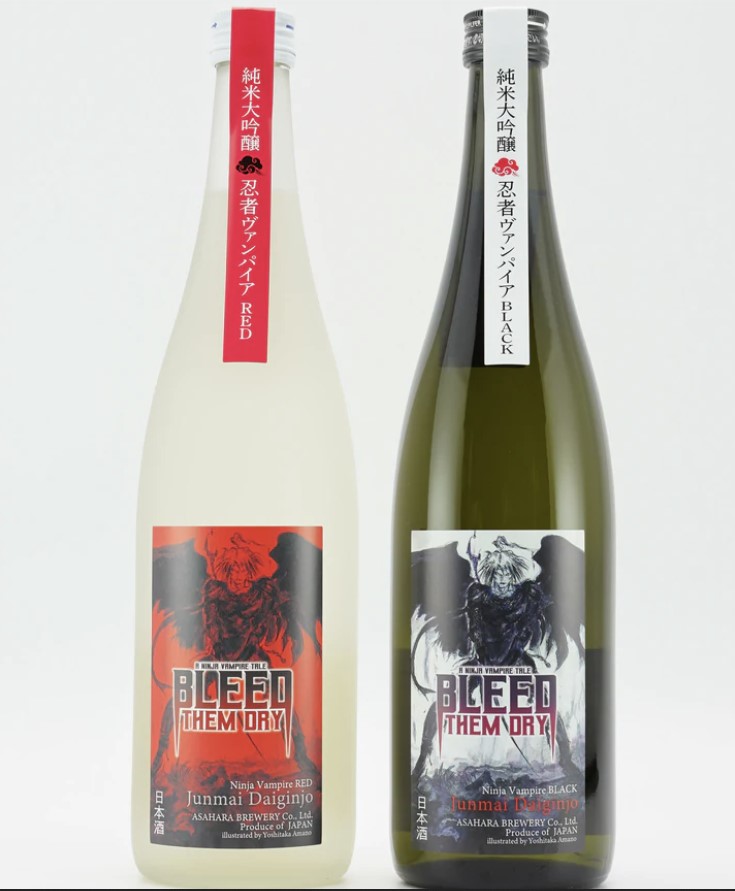
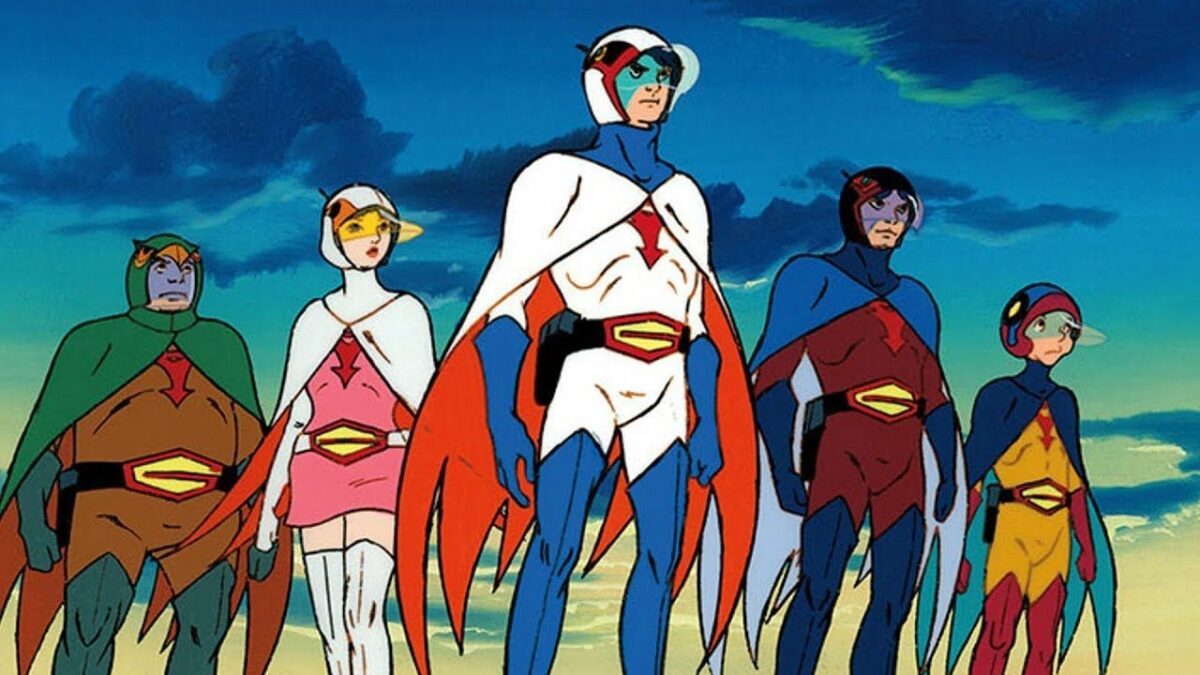
Tatsunoko Days
Born in 1952 in Shizuoka, Japan, near the foot of Mt. Fuji, Yoshitaka Amano started professionally drawing at fifteen for Tatasunoko Productions in 1967. He worked there until 1982 on a variety of Tatsunoko classics. Amano’s first series was Science Ninja Team Gatchaman aka G-Force and Battle of the Planets. Gatchaman ran from 1972 to 1974, ending with 105 episodes. As much as I love the old Alex Ross covers ADV Films did for their release of Gatchaman, I wish Sentai Filmworks would have done an Amano cover for their Blu-ray release. The 35-episode Neo-Human Casshern or Casshan, 1973 to 1974, featured work by Amano, who also served as art director. The next superhero series Amano designed for was Hurricane Polymar (1974). Another Tatsunoko classic, 1974’s The New Adventures of Hutch the Honeybee, had character designs by Amano. He also added Tekkaman the Space Knight (1975) and mecha series Gowappa 5 Gōdam (1976) to his resume. 1975’s Time Bokan and the 1994 Time Bokan Revival, along with its spinoffs, feature his work. Time Bokan’s spinoffs include Yatterman (1975), Zenderman (1979), Rescueman (1980), Yattodetaman (1981), Gyakuten! Ippatsuman (1982), and Itadakiman (1983). After 1982, Amano would occasionally work for Tatsunoko, but as a freelancer.
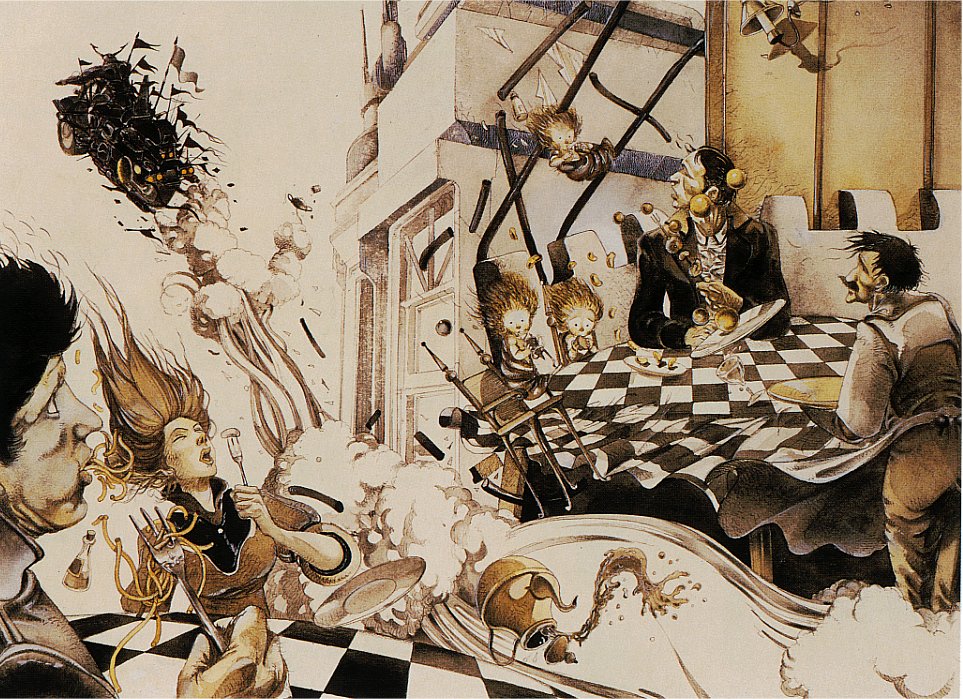
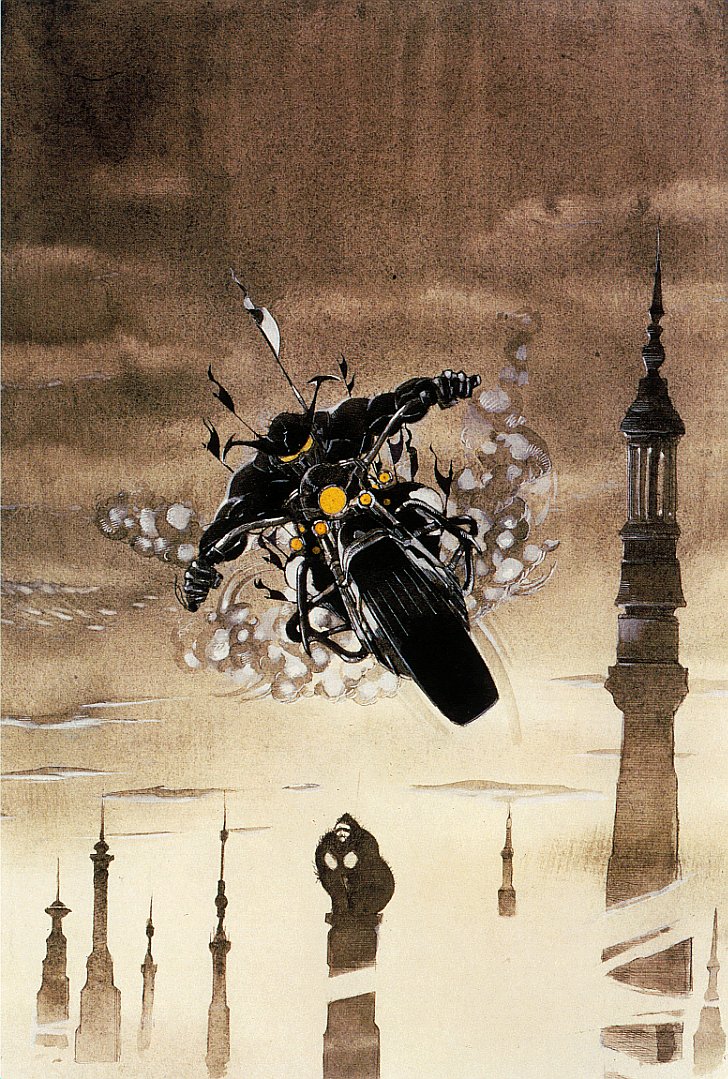
The Fantasy Worlds of Yoshitaka Amano
After fifteen years with the company, he became a freelancer to flourish as an artist. Amano gained notoriety by having illustrations published in the Twilight World feature of Hayakawa’s SF (Science Fiction) Magazine, a Japanese publication. This would lead to Amano working with various writers. His first novel cover and illustrations were for the Chimera (Kimaira) series by Baku Yumemakura. Yumemakura and Amano would collaborate on several more projects over the years. The 1996 Legend of the Hungry Wolf (Garōden) novel series has Amano’s work in the early volumes. The Amon Saga OVA (1986), written by Yumemakura, used Amano’s character designs and conceptual art.
During his days with SF Magazine, Amano did the artwork for stories by Mariko Ōhara. One story, Chikyū Monogatari, landed Amano his first cover for the magazine. It also led to him doing the cover for the novel and character designs for the film. Hayakawa Publishing also had Amano work on Japanese editions of foreign novels. He did covers for Tanith Lee’s The Castle of Dark and Shon the Taken, as well as Michael Moorcock’s Elric Saga, Earl Aubec, Corum, Prince with the Silver Hand, and other books in his multiverse. In Michael Moorcock’s tribute to Amano, he expressed his desire to have Amano’s cover used for all releases of his books.
In 1983, Yoshitaka Amano met Hideyuki Kikuchi, a partnership that would lead to Amano’s fame among western anime fans, particularly with Vampire Hunter D, Kikuchi’s second novel. In interviews, Amano has stated that his work on the Elric Saga aided in his creation of the iconic visage of D. The series encompasses 38 novels and one novella, as well as two art books and a reader’s guide which contains rare images for the series. I own all the art books, with the Coffin artbook being my favorite. It is super huge and doesn’t fit on a shelf. I also own half the novels along with a signed hardcover of the first novel by Kikuchi. One day I hope to get Amano to sign it as well. The first anime movie adaptation, Vampire Hunter D (1985), was designed by Amano. This movie was the starting point for many anime fans in the 90s. Its sequel, Vampire Hunter D: Bloodlust credits Amano as a character designer and its art style is truer to the novels. Honestly, it is one of the most beautiful gothic anime out there. This partnership led to work on other books by Kikuchi such as A Wind Named Amnesia both the novel and movie, Treasure Hunter (Alien), Evil Deity Gourmet, Invader Summer, and Dark Wars: The Tale of Meiji Dracula (Meiji Dorakyuu Den).
In 1984, he began work on Kaoru Kurimoto’s Guin Saga novels. This would last until 1997 and cover 37 books. As his time on Guin Saga ended, Amano would also do an illustrated Tale of Genji. The Tale of Genji, considered the world’s first novel, written by Murasaki Shikibu, is about the many love affairs of Prince Genji. In my opinion, it’s the precursor to all harem anime. The Amano version brought out the poetic elegance and sensuality of the story, which made me want to read the original. Another fantasy series Amano contributed to was the first ten volumes of Yoshiki Tanaka’s The Heroic Legend of Arslan. Amano would later do covers for Tanaka’s Sohryuden: Legend of the Dragon Kings.
In 1999, Yoshitaka Amano and Neil Gaiman came together for his Sandman story, The Dream Hunters. Gaiman fell in love with Amano’s work after seeing his rendition of Morpheus for the tenth-anniversary poster of the series and wanted to work with him. Amano wanted to do an illustrated book rather than a comic and The Dream Hunters was born. This story was my first foray into the Sandman universe and, as a yokai enthusiast, this was a significant starting point for me. Amano breathed life into Gaiman’s work again for the first part of his short story, The Return of the Thin White Duke. Its inspiration was the late David Bowie and his wife Iman. I never knew that this work existed until I started researching Amano’s career. The story is available on Gaiman’s website. Amano’s Bowie embodies that ethereal nature that David Bowie’s stage and screen personas had and they are cool as hell.
Amano’s talent came to Marvel Comics in 2002 for Greg Rucka’s Elektra and Wolverine: The Redeemer. Wildstorm tapped Amano in 2004 to do the first two covers of their Robotech Invasion series. Afterwards, he created his own graphic novel series Hero (2006). The next comic he worked on was Christopher “Mink” Morrison’s Shinjuku in 2010. 2013 saw the debut of Amano’s first fantasy novel, Deva Zan, which, of course, he illustrated. DC Comics sought Amano in 2021 for variant covers of their Harley Quinn, Superman Red and Blue, Suicide Squad, and Batgirls series.
Yoshitaka Amano, Freelance Designer
Even while collaborating with writers, Amano did animation work as well. He provided character designs for series such as Genesis Climber MOSPEADA and Akū Daisakusen Srungle in 1983. In 1985, Amano co-created the art-house-style film, Angel’s Egg with Mamoru Oshii. He also did monster designs for Lily C.A.T., and Twilight of the Cockroaches.
Amano worked with the Los Angeles Philharmonic, director Mike Smith, and composer David Newman on 1001 Nights in 1998. It was a 23-minute animation piece based on his 1996 Budōhime (Princess Budou) art book. Amano’s original character designs were used for the Yotsuya Ghost Story (Yotsuya Kaidan) episodes of 2006’s Ayakashi: Samurai Horror Tales. Also in 2006, Amano wrote and directed the short art-house piece Fantascope ~Tylostoma. He followed that up with 2007’s Bird Song (Tori no Uta), an art-house short, and his Yasai no Yousei: N.Y. Salad, which is based on his book of the same name and encompasses two series and a movie. For Fuji TV’s 50th anniversary, he served as character designer for their Kimba the White Lion TV Special (2009) which was directed by Goro Taniguchi (Code Geass). 2010 saw the creation of Amano’s film production company Studio Devaloka. A short based on what would later become his novel, Deva Zan, is the only thing currently produced. He has, however, done designs for the Gibiate (2020) TV series and for the upcoming Netflix series Exception.
Beyond Animation
Not content to stick with animation and printed media, Yoshitaka Amano used his talents in live-action movies. He was art director for the movie In the Aftermath (1988) which was co-written by Mamoru Oshii and has ties to their film Angel’s Egg. Amano starred in the 1998 movie New Rose Hotel with Christopher Walken and Willem Dafoe. The movie is based on the William Gibson (Johnny Mnemonic) short story. The live-action, Onmyoji (2001) and Onmyoji 2 (2003) films featured designs by Amano. I own both movies and have always found them subtly beautiful. In 2007, Amano and several others directed the anthology film Ten Nights of Dreams. He directed the seventh dream.
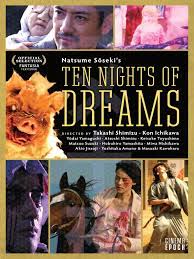
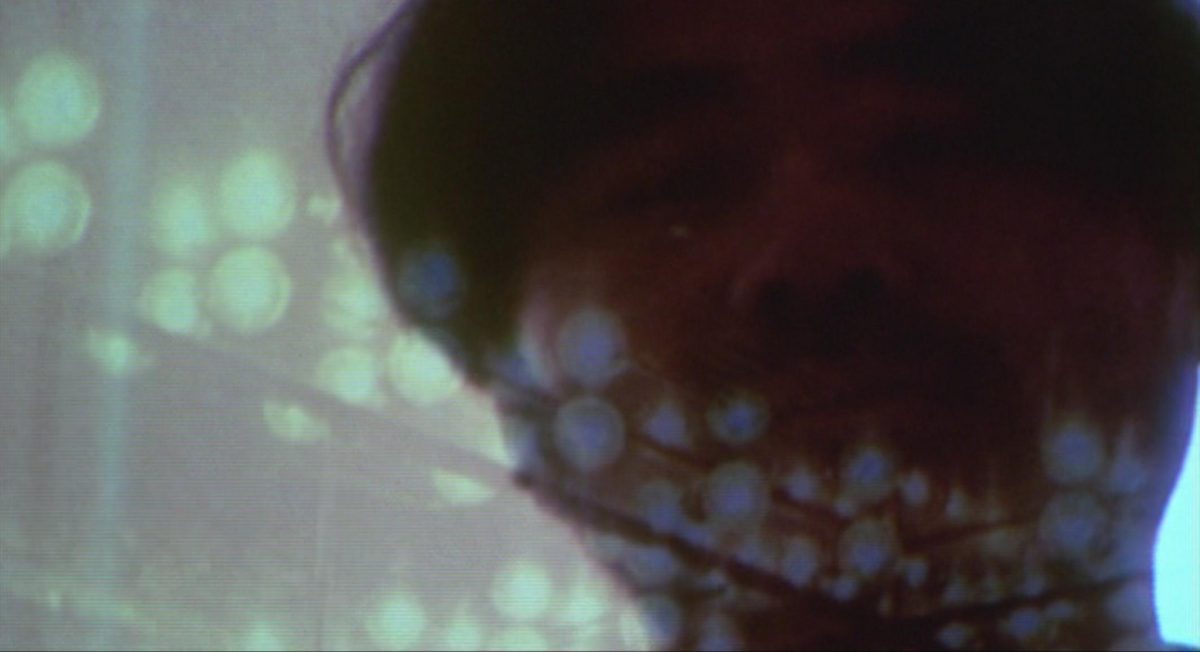
Never Ending Fantasy
Amano’s video game work is almost as extensive as that of his novel illustrations. In 1987, Amano joined Square, now Square Enix, as a character designer. His first job for the company was Final Fantasy. He would continue to work on the series as character and image designer until 1994. After Final Fantasy VI, which now how as a gorgeous wallet-killing statue for it, he focused on promotional artwork and title logo design. This work not only includes the main series but also spinoffs and animated works.
My first foray into Final Fantasy started with Final Fantasy XIII. I didn’t recognize Amano’s title designs until I beat Final Fantasy XV which rewards you with a gorgeous ending image. He also has done designs for the Front Mission games and Fairy Fencer F. Plus box art for the First Queen series by Kure Software.
Beautiful Dreams
Yoshitaka Amano’s 55-year career is impressive and unstoppable. He brings his art to new audiences through a variety of mediums and collaborations. It could be Magic the Gathering cards, an art exhibit with L’Arc en Ciel front man HYDE, or stained glass images of fairies for Japan’s two fairy museums. Yes, there are two. No matter how you view his art, its wispy haunting beauty lingers in your mind and heart.


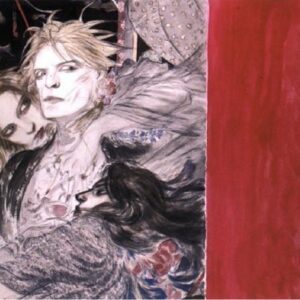
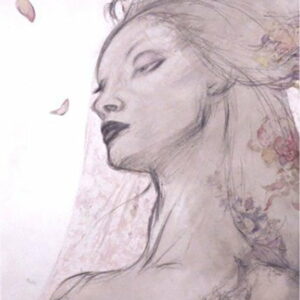
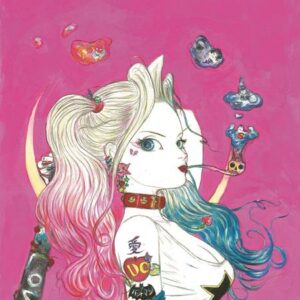
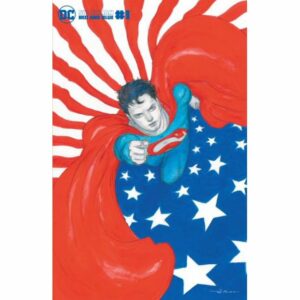
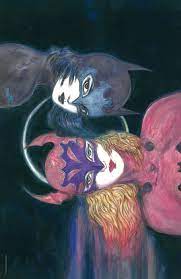
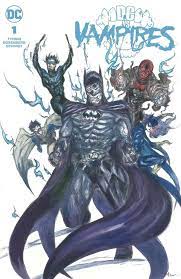
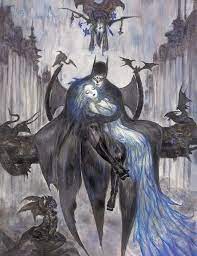
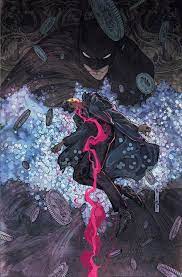
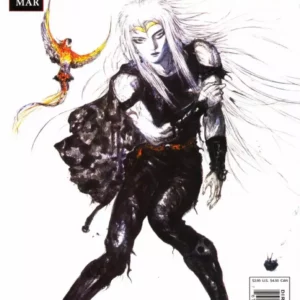
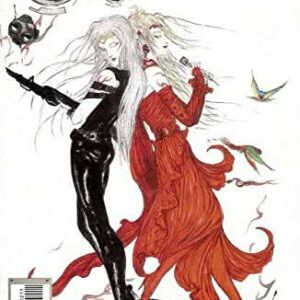

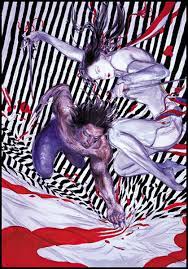
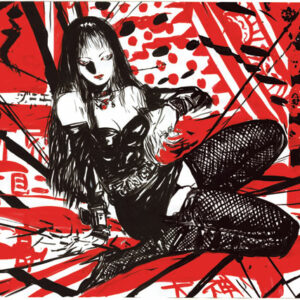
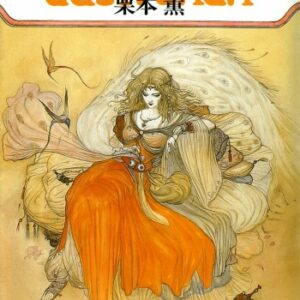
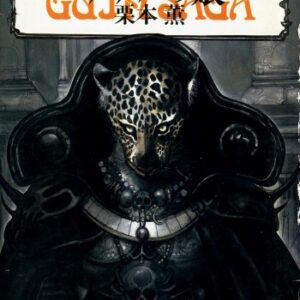

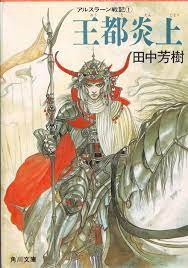
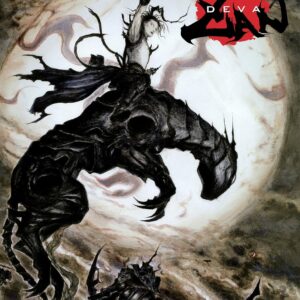
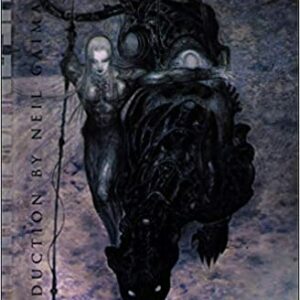
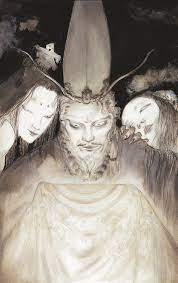
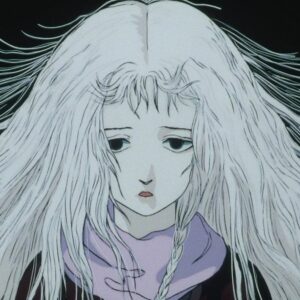
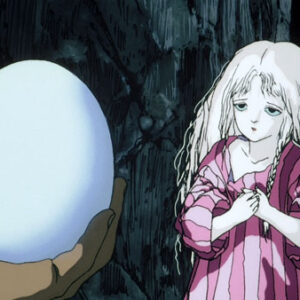
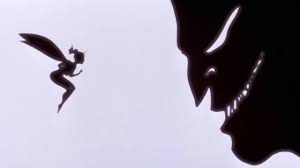
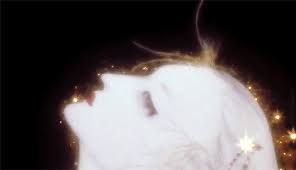
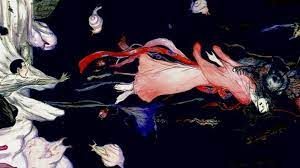
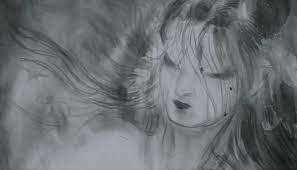
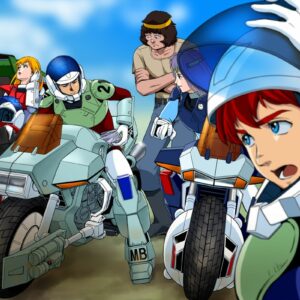
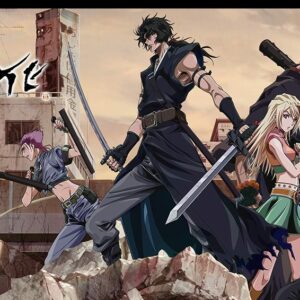
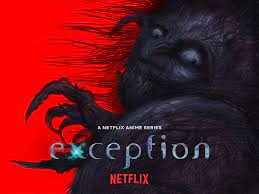
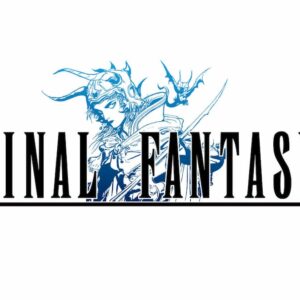
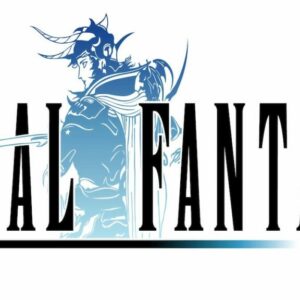
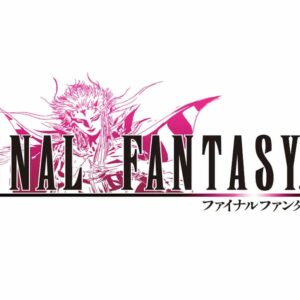
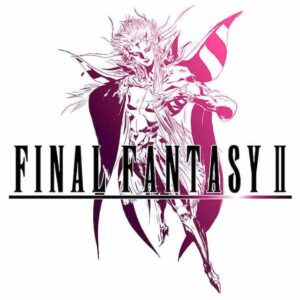
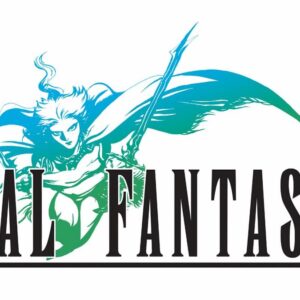
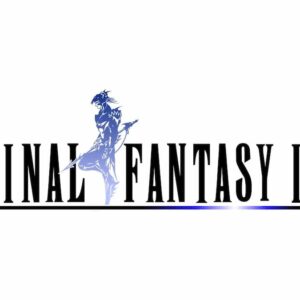
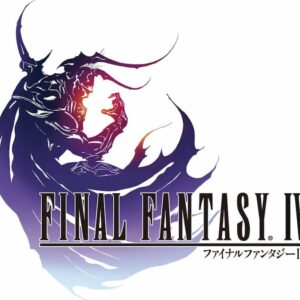
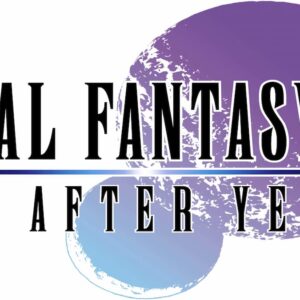
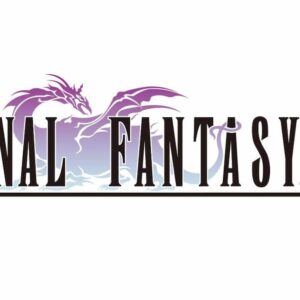
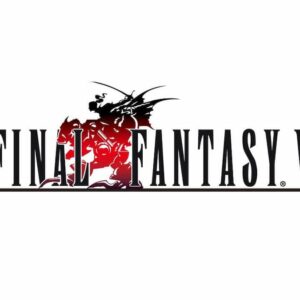
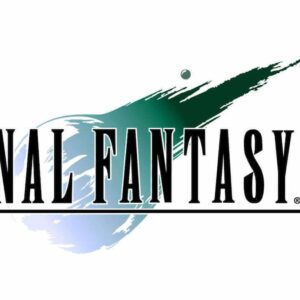
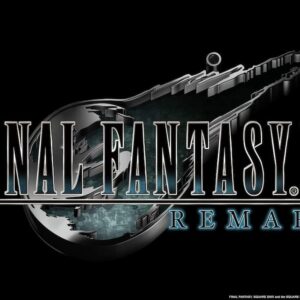
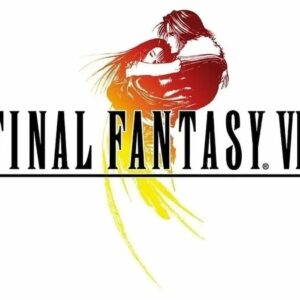
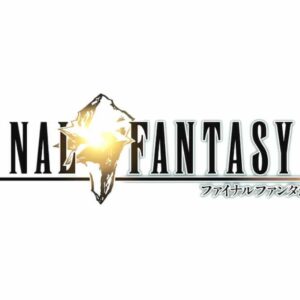
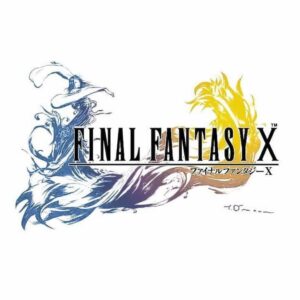
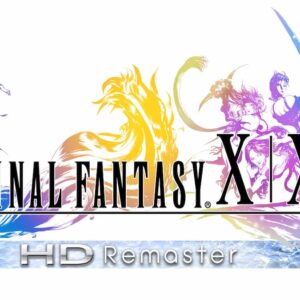
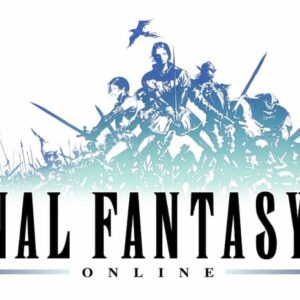
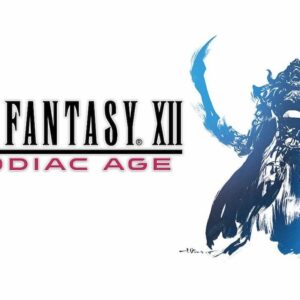
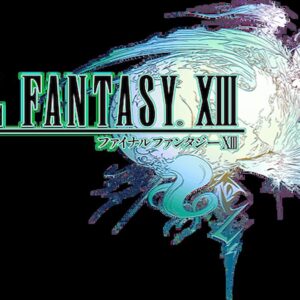
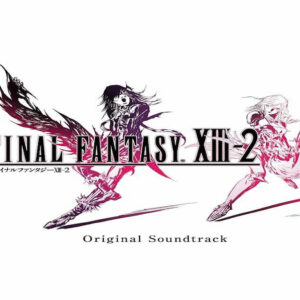
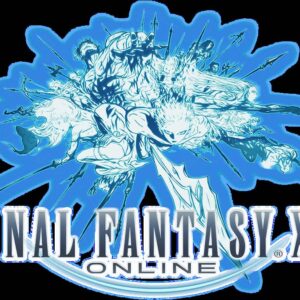
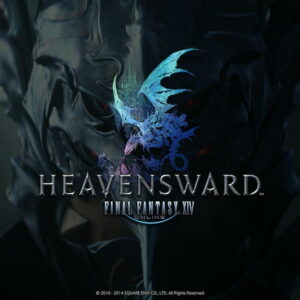
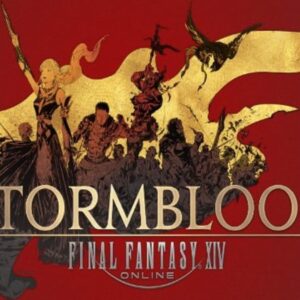
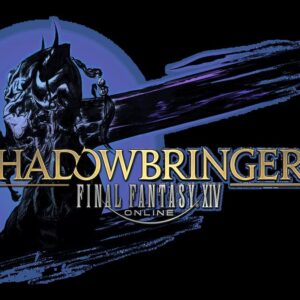
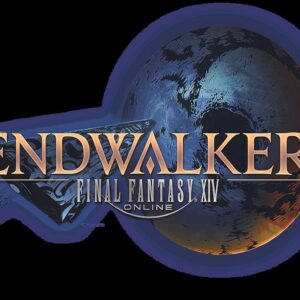
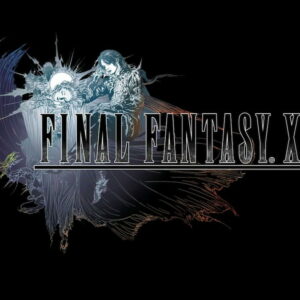
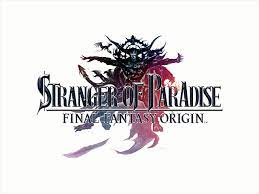
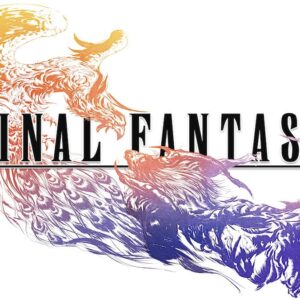
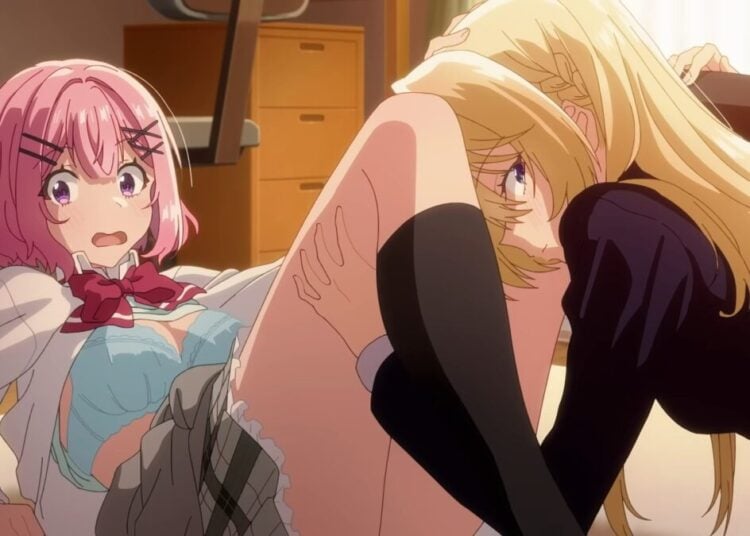
![Sawaranaide Kotesashi Kun Episode 12 [END] Featured Image](https://blog.jlist.com/wp-content/uploads/2025/12/Sawaranaide-Kotesashi-kun-Episode-12-END-Featured-Image-750x536.jpg)










